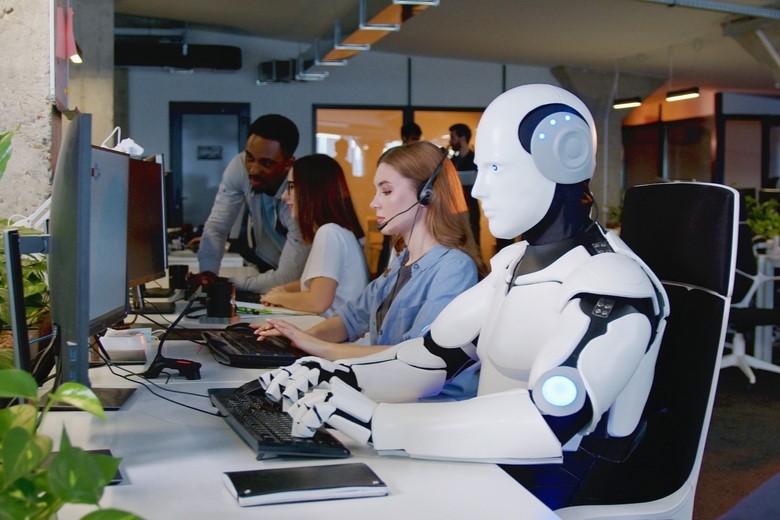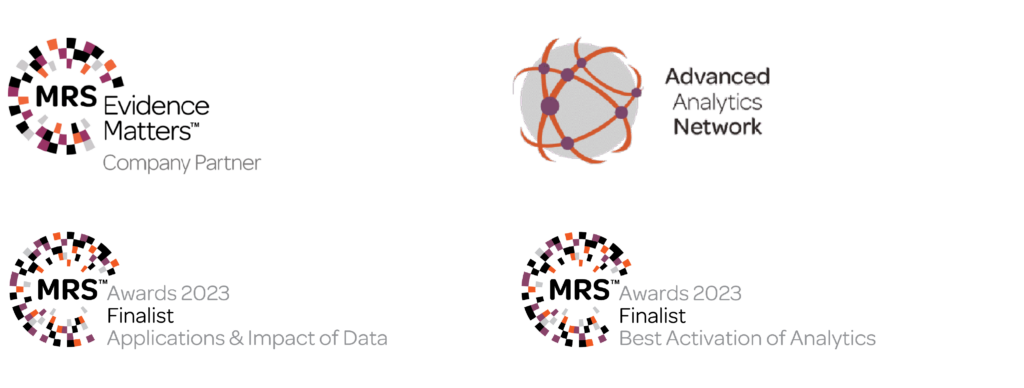In our previous blog, we debunked AI Myth #1: AI is a distraction – by showcasing the undeniable impact generative AI is having on the way that we gather, analyse and utilise insight.
Nonetheless, like any disruptive technology, AI brings a degree of uncertainty. Initial reactions often range from scepticism, with some asserting “AI isn’t as good as humans,” to concerns about job security, fearing “AI will take my job.” Interestingly, the same person might experience both concerns at different stages of their AI journey.
The truth, however, lies somewhere in-between.
Generative AI has plenty of (surmountable) limitations
While generative AI offers exciting possibilities, it’s important to acknowledge its limitations, including:
1) Hallucinations – Without access to the right data (beyond what it’s already trained on), it can often make up responses.
2) Connecting the dots – It is difficult for AI to ‘connect the dots’ between different data sources in the same way that humans can.
3) Security concerns – The big tech companies reserve the right to retrain their algorithms based on data inputs and this can violate client confidentiality agreements.
On the face of it, this suggests that AI isn’t as good as humans.
However, the development of our own tool – strat7GPT – proves that these limitations can be largely dealt with. At the heart of strat7GPT is a Retrieval Augmented Generation (RAG) search tool which:
- can handle multiple data formats (PDFs transcripts to PPT decks).
- guides users on how to effectively prompt it.
- satisfies GDPR and InfoSec requirements (through use of an Enterprise Grade Large Language Model).
But humans make it better
While strat7GPT is a valuable tool, it’s not a replacement for the human expertise. Our previous blog showcased the importance of bespoke data collection, in-depth analysis, and insightful recommendations delivered by our consultants (the seasoned veterans!).
Our strat7GPT tool acts as a highly capable “always-on graduate student”, efficiently processing vast amounts of data. However, it lacks the human ability to fully contextualise findings and deliver strategic guidance. It is just one part of our bespoke AI toolkit.
However, our data scientists and engineers have been working hard to make strat7GPT even more relevant for the type of questions we need to answer. This means it is accurate, understands market research deliverables, and gives consistent answers each time.
Several clients have recently approached us to understand how a Segmentation Chatbot can take advantage of the wealth of proprietary data they are sitting on (e.g. pen portraits, qual transcripts, videos and data tables).
After conducting hundreds of experiments to explore various data types and prompts, we have developed the technology necessary to incorporate this product into our segmentation delivery.
Whilst these Chatbots can mimic human-like abilities, it requires careful data pre-processing and prompt engineering to unlock these benefits – all done by our team of data scientists and evaluated by our consultants, to make generative AI better.

AI is more than Generative AI
It’s important to remember that AI around unstructured data goes beyond Generative AI. Natural Language Processing and Computer Vision, for example, have both been used by data scientists for a number of years.
Natural Language Processing (NLP) – This powerful technology can analyse vast amounts of text and speech, identifying key topics and trends at a scale humans can’t match. Imagine being able to analyse thousands of customer reviews from social media to understand their sentiments and priorities – all in an instant!
Computer Vision – This technology unlocks the secrets hidden within images and videos. It can detect content, recognise people, identify actions, and even gauge emotions. Imagine extracting insights from social media images to understand consumer preferences and brand perception.
The future of AI: Humans and machines working together
While generative AI offers exciting possibilities, it’s most powerful when combined with human expertise. As we’ve seen, limitations can be addressed, and tools like strat7GPT are invaluable for collecting and analysing vast amounts of data quickly and efficiently.
AI isn’t here to replace us, but to augment what we do, allowing us to gather deeper insights and deliver even greater value to our clients.
The next blog in our series delves into AI Myth #3: Generative AI can never be representative.


